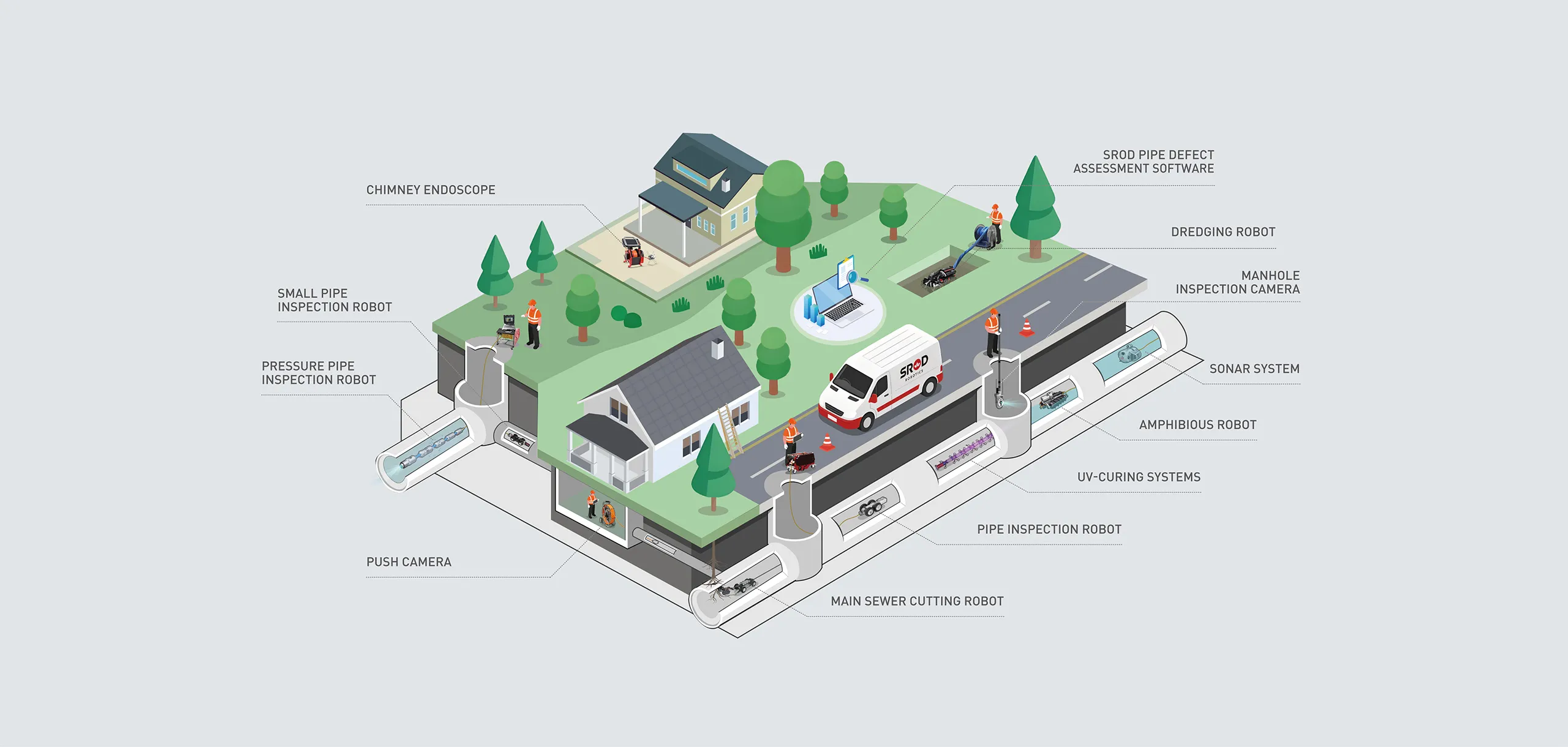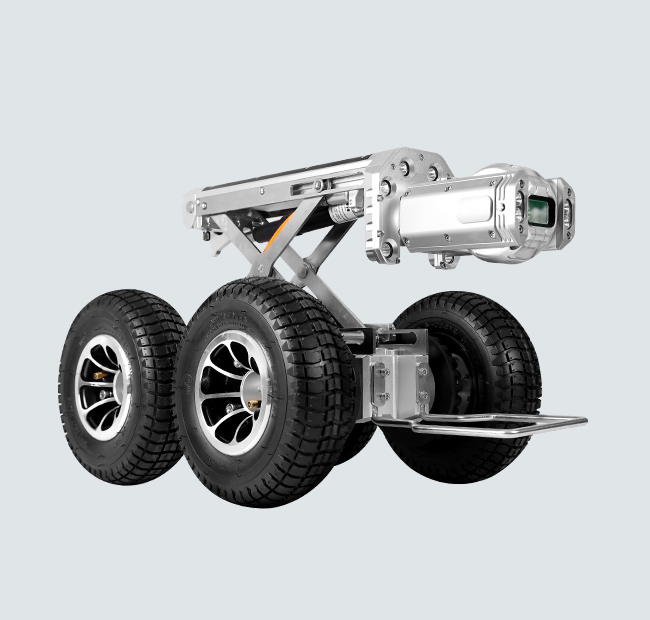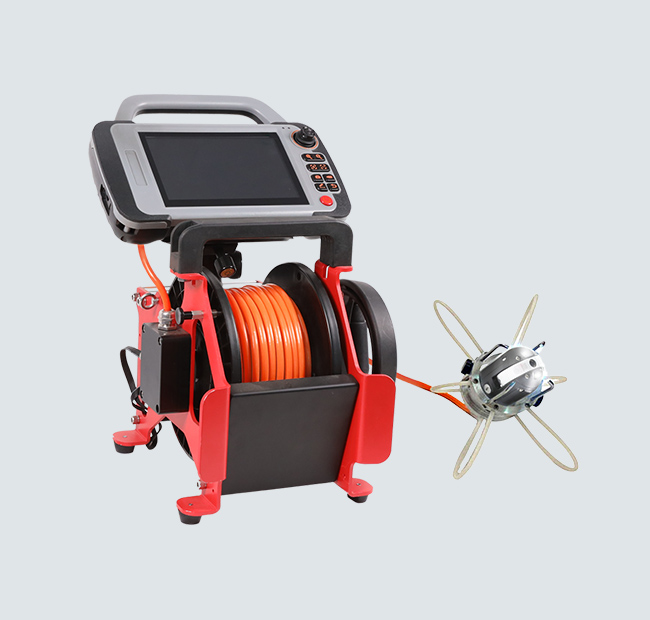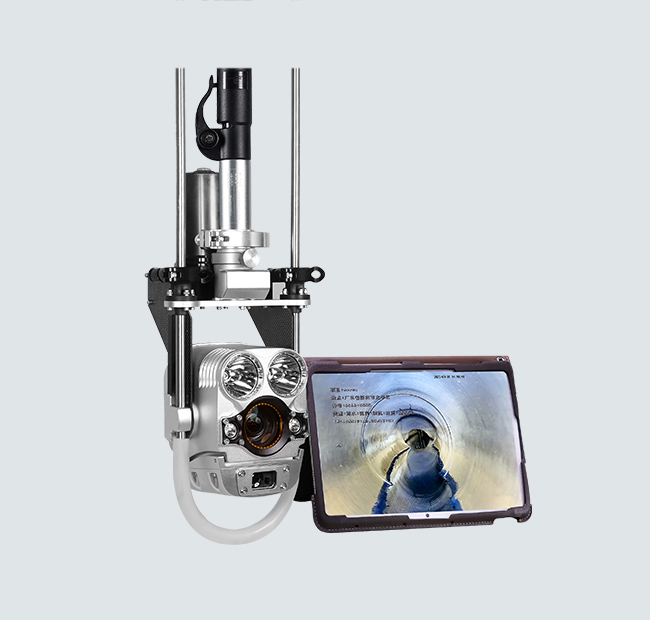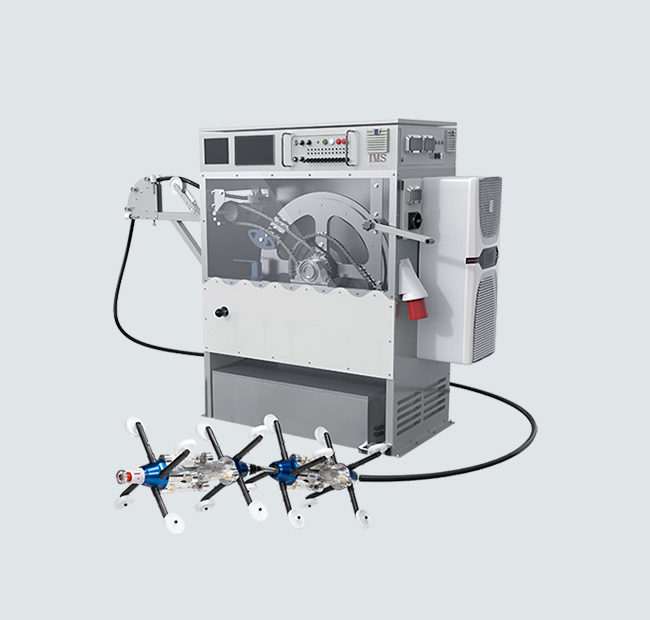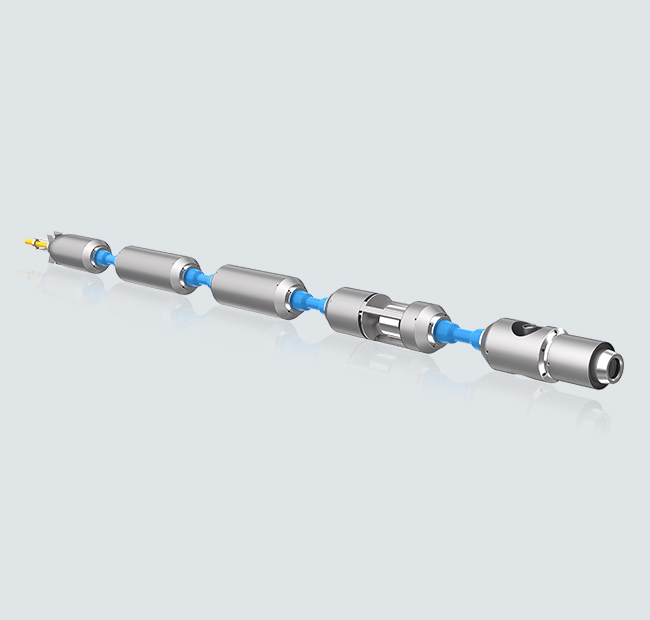APPLICATION SCENARIO
WHY CHOOSE US
Shenzhen SROD Industrial Group Co., Ltd. (“SROD ROBOTICS”)is a pioneer of embodied intelligent special-purpose robots focusing on confined space,concentrating on confined spaces and extreme operating condition,the products are used in urban underground pipe networks, intelligent inspections in industrial and mining industries, emergency rescue and other field.
40+
Sales countries and regions
7000+
Service Customers
400+
Intellectual property rights
30+
Industry standards
Global SROD
Let special robots become the guardians of human safety
SROD's products and services span international, footprints span over 40 countries and regions worldwide, and are trusted by more than 3500 Customers, build a strong market network.



